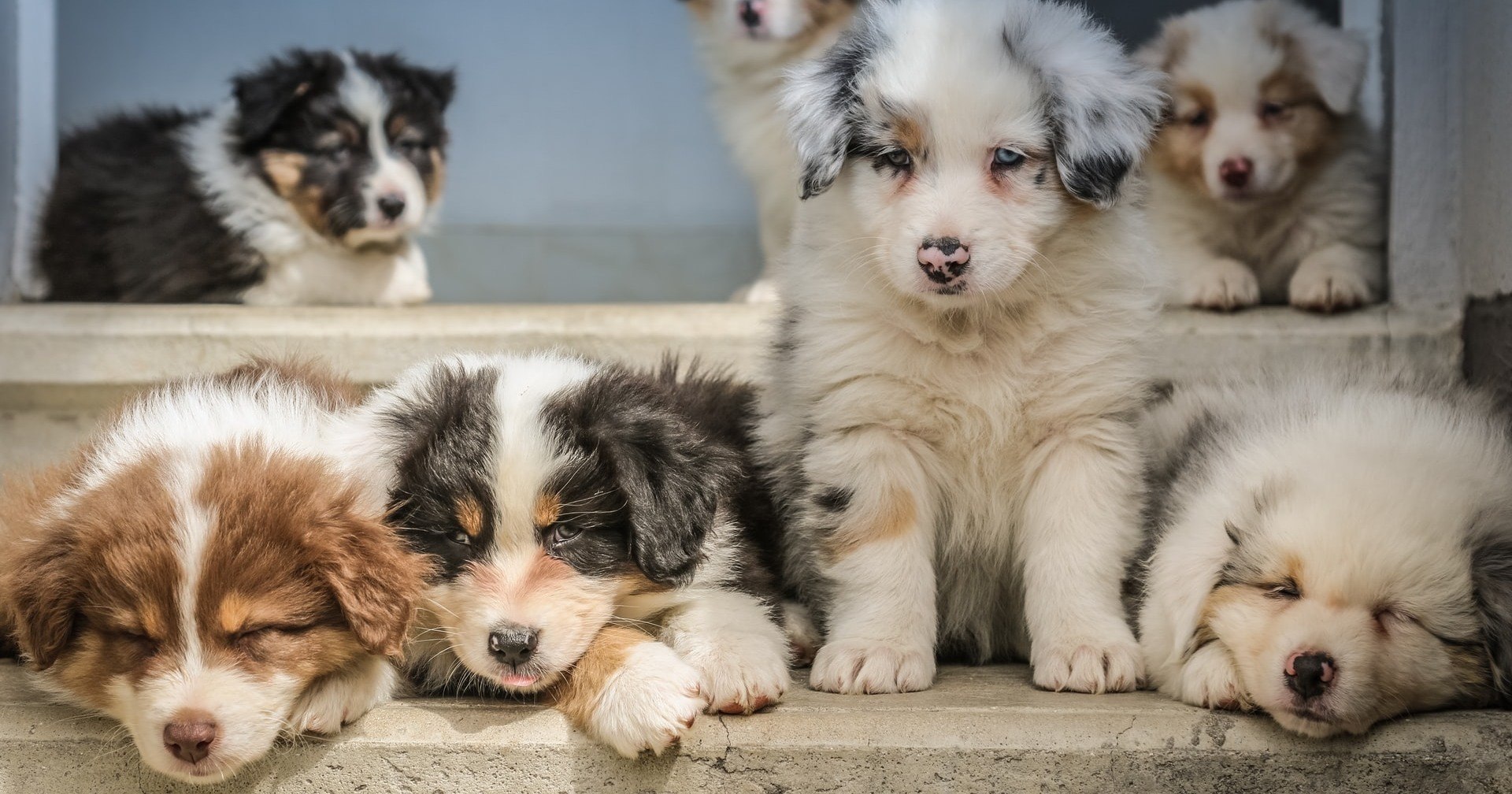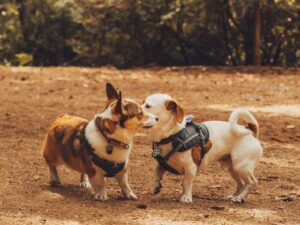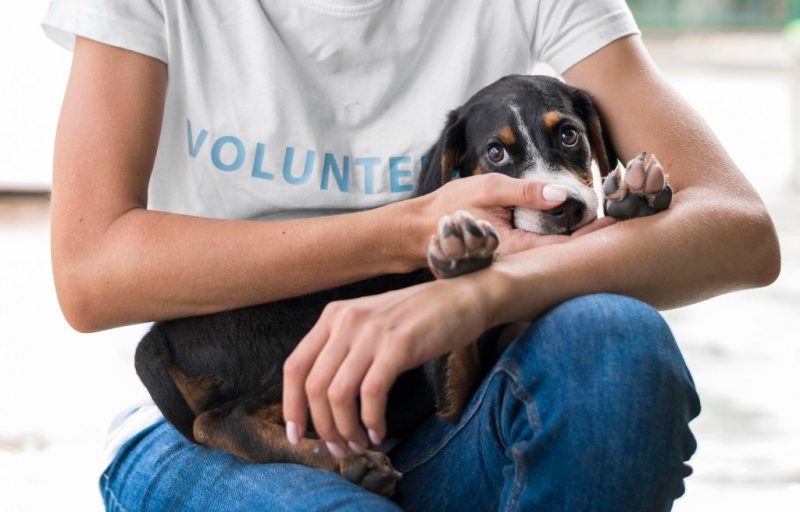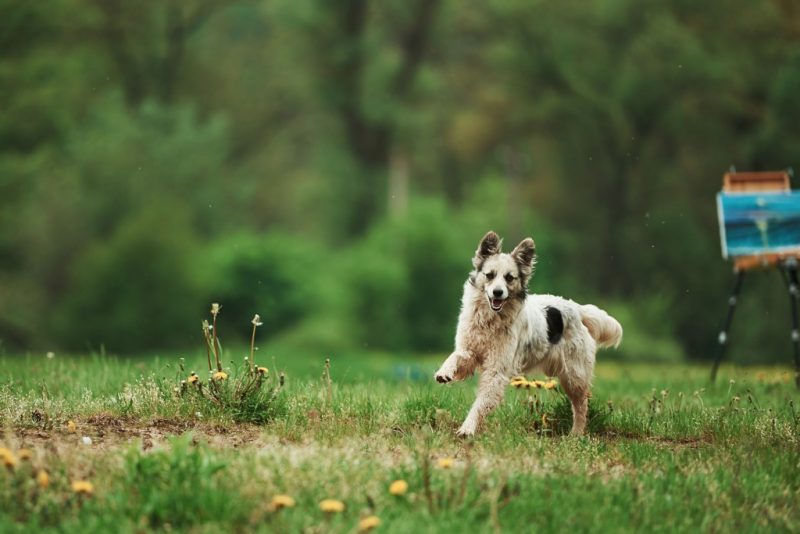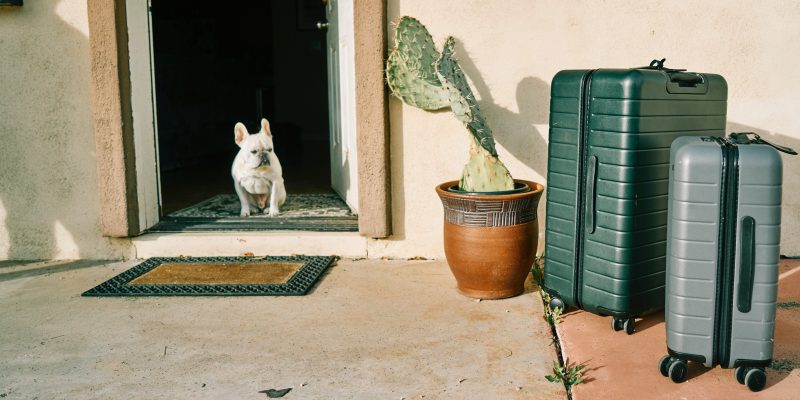You know what they say, “A puppy is for life, not just for Christmas.” But as we approach the festive season, there’s no doubt people are going to decide this is a great time of the year to introduce a new pet. Obviously the idea of bringing a dog home and cuddling them under the tree is adorable, but keep in mind the next day, and the one after that, and pretty much the next decade.
We chatted to some experts about bringing a dog home and getting through this exciting, but sometimes challenging, first stage together.
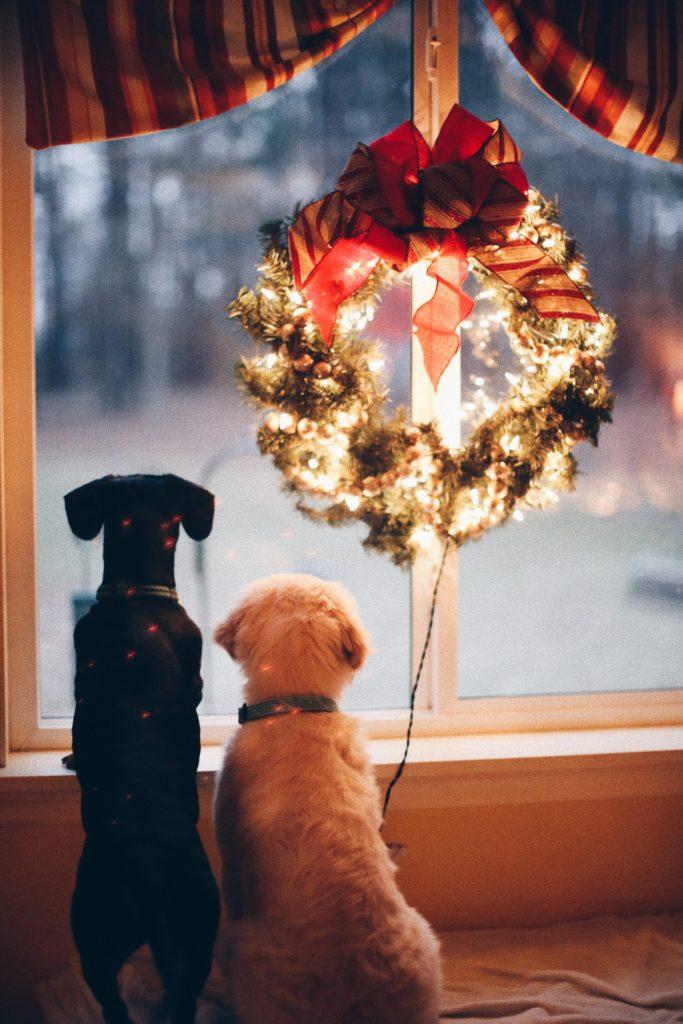
How to Help Them Settle
Before we get stuck in, it’s worth noting that a good breeder or shelter will give you a lot of information about bringing a dog home, so take the time to chat and ask questions. If they don’t seem well informed or aren’t interested in going through this process with you, rethink adopting from them. It’s a bit of a red flag.
Off The Leash pal and head trainer at Bark in the Park Meg Hayes has some tips to get you started though.
- Go at their pace and respect the dog’s choices, space, and body. Let them tell you when they’re ready to interact closely–don’t push pats and cuddles.
- New dogs should be provided with a safe space (a crate or bed) where they can chill away from people and other pets. Even new and sociable puppies need time to relax. Not sure what kind of crate to get? We’ve written up a guide on how to choose the best dog crate for your puppy.
- Puppy-proof the house to prevent undesirable toileting and chewing behaviour from occurring. Even if it’s an adult dog, they can still use the help. You can check out our guide on how to puppy-proof your home.
- Give them at least a couple of weeks to acclimatise to the new space before being left alone there. Being in a new place is scary, but being in a new place without any human company can be even scarier.
- Let them sniff. In addition to being the best source of enrichment and stimulation for dogs, sniffing is a really therapeutic and rewarding activity to engage in. When dogs sniff, their heart rate even lowers. You can encourage this by scattering kibble in the backyard or hiding tasty dried treats in different parts of the house to build confidence and calmness in new environments.
- If you have young children or pets, arrange to work with a qualified force-free trainer. They can show you how to integrate your new dog into the house to ensure healthy and happy relationships develop between all family members.
- Make sure your new dog is wearing a name tag with your contact details in the event of an emergency.
- Remember (most of the time) this is temporary, puppies grow up, older dogs settle down.
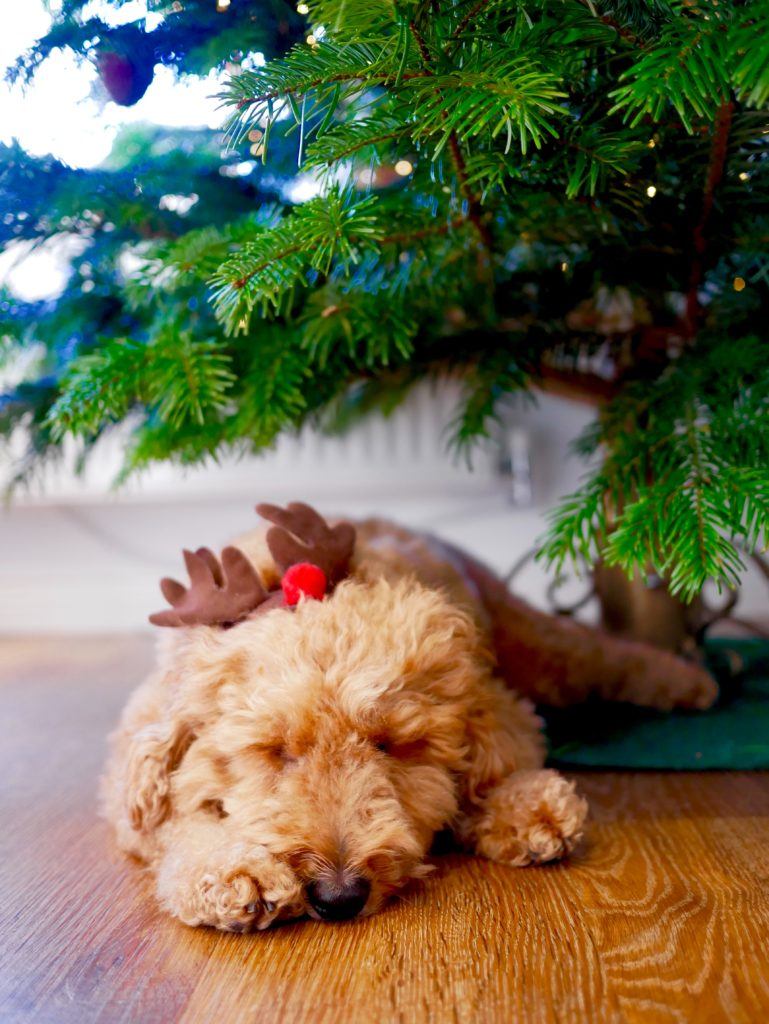
How to Tell If Something Is Up
As Serena Horg, the general manager of Lort Smith‘s adoption centre explains: “Dogs can’t speak human, so it’s extremely important to learn how to read your dogs’ body language.” She suggests paying attention to the way a dog positions their ears, eyes, mouth, head, body, tail, and hackles as an insight into how they’re feeling. An anxious or stressed dog may also pant heavily, yawn, and lick their lips more than usual.
Lort Smith point out that 99 percent of bad behaviour in the dog is either natural for the dog (digging, chewing, chasing) or accidentally reinforced by us humans (jumping, barking, whining, pulling). Remember, dogs pick up on your mood so try not to become overly frustrated. If you feel yourself getting fed up, take a walk. You being calm will help calm your pet.
If things are still tough, there is a lot of support out there. “Most dogs won’t be super relaxed the minute they arrive in a new home. While it is normal for there to be a settling in period, we encourage everyone to reach out for help for any concerns…Don’t wait for an inconvenient behaviour to become a big problem. Seek help early,” reminds Serena.
Additionally, Meg adds: “A trainer who uses positive reinforcement based methods will be able to help you work through any behavioural issues, or can provide advice if they think the dog needs to be returned to the breeder or shelter.”
Which brings us to…
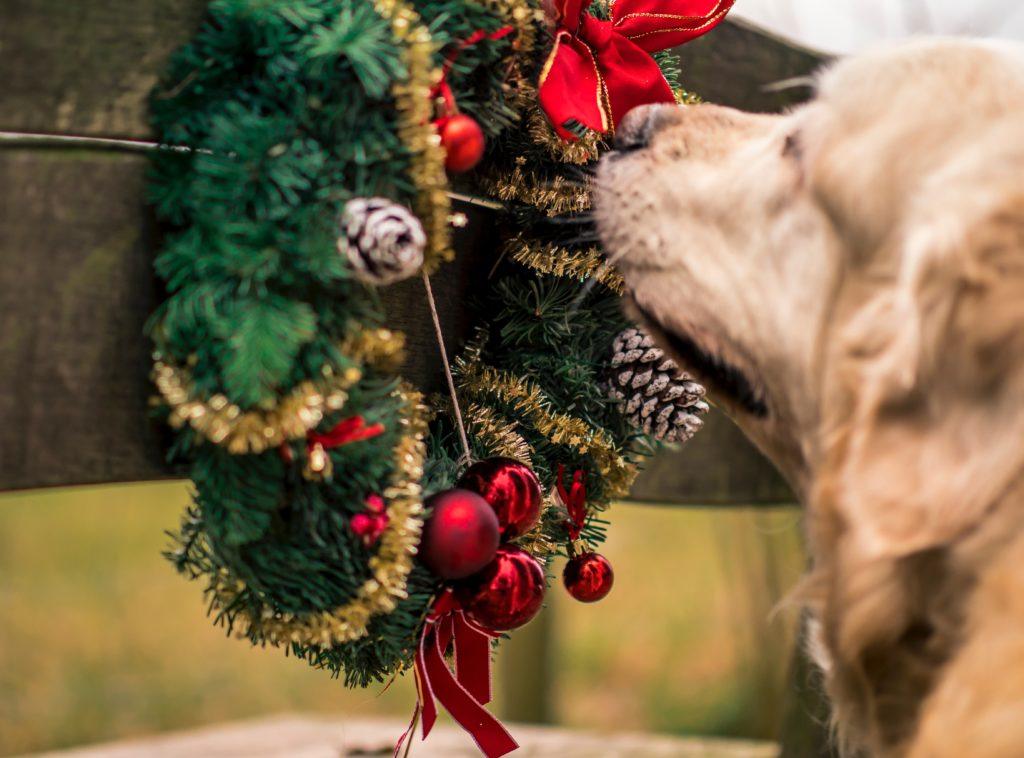
It’s Ok for It Not to Work
All new dogs can be challenging, but there are situations where it’s more than you bargained for. Maybe they couldn’t get on with another pet, the financial impact was more than you expected, or you discovered you had allergies. If you’ve tried training and behavioural intervention and it’s still not working out, there are other options–although they should be seen as a last resort.
Many breeders and shelters have a trial period following adoption where you can bring back the dog and be refunded for any costs. If that’s not available, look to your community. Maybe there’s a family member or friend who could give them a better life. If they’re a purebred, there may be a breed society who could help you.
If it’s a family pet, these conversations should be had together. How could you work together to support the animal and each other? If keeping them is still not an option, make sure it’s something everyone understands and agrees with. It can be traumatic (especially for kids) to feel like a beloved pet is being taken away from them.
Most shelters will have a process you go through if you choose to surrender a dog. Be aware though, it may take a couple of days or weeks for a space to become available. Once they’re able to accept them it’s not a matter of just dropping them off at the front door: you need to spend time at the shelter while they collect a set of information about your dog.
Remember to bring along:
- Vaccination, desexing. and microchip certificates.
- Any medical history.
- Any items belonging to the animal such as bedding and toys.
- If you are not the legal owner, you’ll need a signed statutory declaration from the owner giving you permission to surrender the animal on their behalf. They’ll also call the owner to confirm.
- Photo identification.
A small surrender fee is also charged.
“Giving up the family pet is never an easy decision, but one that is sometimes out of the carer’s control,” reflects Serena. “The pet’s welfare is our primary concern. The main priority for every animal that comes into our care is to place them in a happy, suitable, and loving home.”
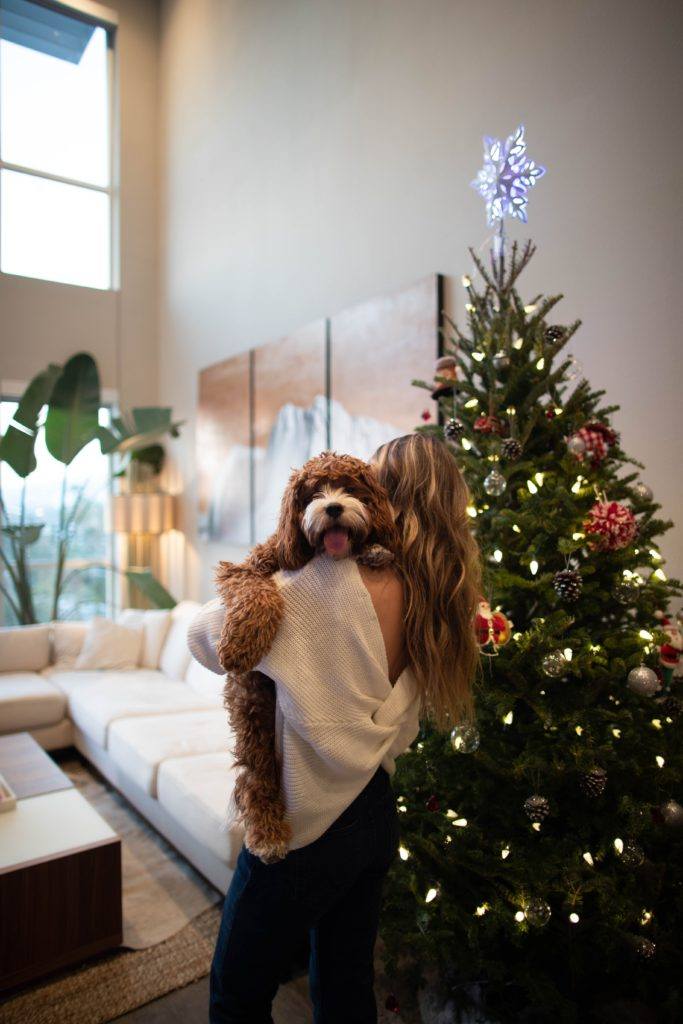
It’s Better to Surrender a Pet than Neglect It
There’s no getting around it: this is a super hard thing to do. But while it can be responsible, there is a stigma around surrendering an animal. People might assume you just didn’t want to put in the work, or you were flippant with the choice in the first place. But’t is often the most thoughtful choice. We’ve all met someone with a pet they don’t look after or aren’t interested in. Those animals would be better off with a family who are ready for the commitment.
But overall, take Meg’s advice and remember, “dogs are a lifelong commitment–not a Christmas toy!”
Check out the pre-puppy checklist here to help you get even more ready!
For more on living with dogs:

